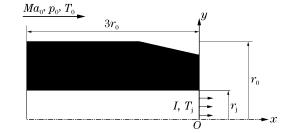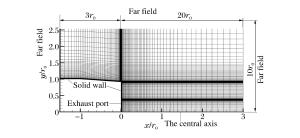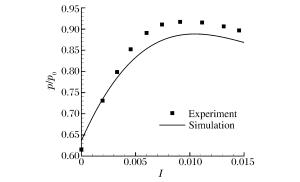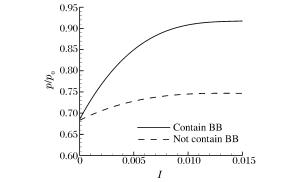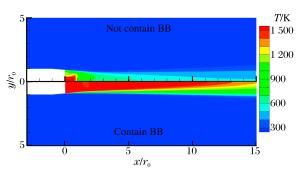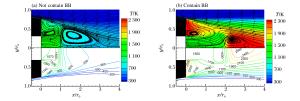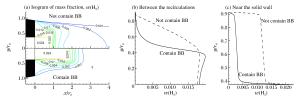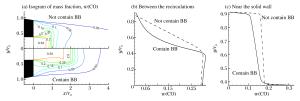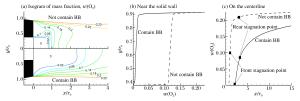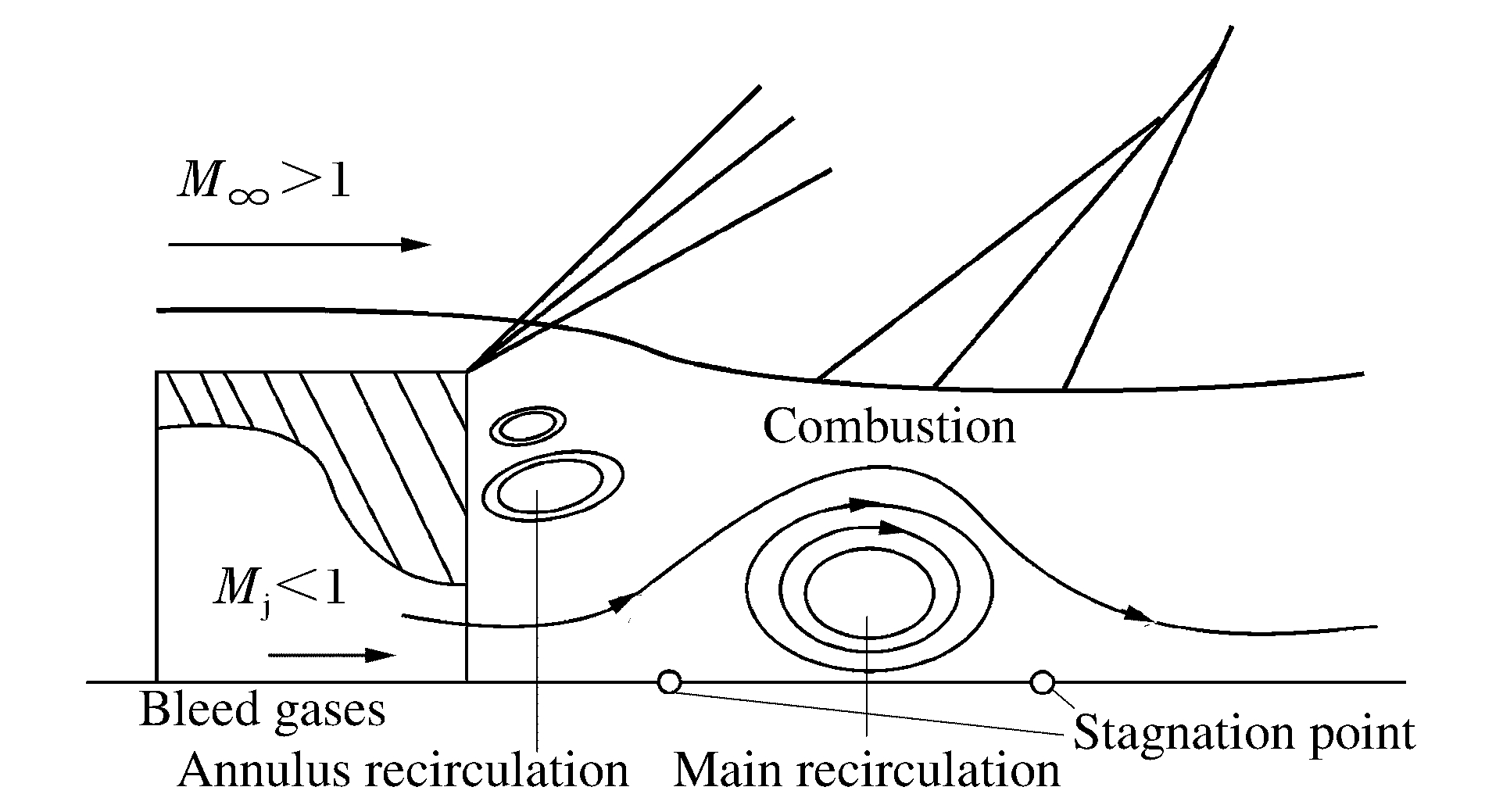| [1] |
郭锡福.底部排气弹外弹道学[M].北京: 国防工业出版社, 1995.
|
| [2] |
丁则胜, 邱光纯, 刘亚飞, 等.固体燃料底部排气空气动力研究[J].空气动力学学报, 1991, 9(3): 300-307.Ding Ze-sheng, Qiu Guang-chun, Liu Ya-fei, et al. An aerodynamic investigation of base bleed by solid fuel[J]. Acta Aerodynamica Sinica, 1991, 9(3): 300-307.
|
| [3] |
Bowman J E, Clayden W A. Cylindrical afterbodies at M=2 with hot gas ejection[J]. AIAA Journal, 1968, 6(12): 2429-2431.
|
| [4] |
Strahle W C, Hubbartt J E, Walterick R. Base burning performance at mach 3[J]. AIAA Journal, 1982, 20(7): 986-991. doi: 10.2514/3.51157
|
| [5] |
丁则胜, 罗荣, 陈少松, 等.底部燃烧减阻性能的若干参数影响研究[J].弹道学报, 1996, 8(4): 79-83.Ding Ze-sheng, Luo Rong, Chen Shao-song, et al. A study of some parameters influence on performance of drag peduction by base burning[J]. Journal of Ballistics, 1996, 8(4): 79-83.
|
| [6] |
Sahu J, Nietubicz C J, Steger J L. Navier-Stokes computations of projectile base flow with and without base injection[J]. AIAA Journal, 1985, 23(9): 1348-1355. doi: 10.2514/3.9091
|
| [7] |
Gibeling H J, Buggeln R C. Projectile base bleed technology part 1: Analysis and results[R]. AD-A258 459, 1992.
|
| [8] |
Choi J Y, Shin E, Kim C K. Numerical study of base-bleed projectile with external combustion[C]//AIAA Joint Propulsion Conference and Exhibit. Tucson, Arizona: AIAA, 2005.
|
| [9] |
陈新虹, 黄华, 周志超, 等.排气能量对底部排气弹气动特性影响的数值模拟[J].兵工学报, 2010, 31(4): 447-452.Chen Xin-hong, Huang Hua, Zhou Zhi-chao, et al. Numerical simulation of base bleed energy affecting aerodynamic performance of base bleed projectiles[J]. Acta Armamentarii, 2010, 31(4): 447-452.
|
| [10] |
Shin J R, Cho D R, Won S H, et al. Hybrid RANS/LES study of base-bleed flows in supersonic mainstream[C]//AIAA International Space Planes and Hypersonic Systems and Technologies Conference. Dayton, Ohio: AIAA, 2008.
|
| [11] |
Shin J R, Choi J Y. DES study of base and base-bleed flows with dynamic formulation of DES constant[C]//AIAA Aerospace Sciences Meeting. Orlando, Florida: AIAA, 2011.
|
| [12] |
Menter F R. Two-equation eddy-viscosity turbulence models for engineering application[J]. AIAA Journal, 1994, 32(8): 1598-1605.
|
| [13] |
武频, 赵润祥, 郭锡福.弧长网格生成法及其应用[J].南京理工大学学报, 2002, 26(5): 482-485.Wu Pin, Zhao Run-xiang, Guo Xi-fu. Arc length method of grid generation and its application[J]. Journal of Nanjing University of Science and Technology, 2002, 26(5): 482-485.
|
| [14] |
Jachimowski C J. An analytical study of the hydrogen-air reaction mechanism with application to scramjet combustion[R]. NASA-TP-2791, 1988.
|
| [15] |
Gardiner W C. Combustion chemistry[M]. New York: Springer-Verlag, 1984.
|
| [16] |
刘君, 张涵信, 高树椿.一种新型的计算化学非平衡流动的解耦方法[J].国防科技大学学报, 2000, 22(5): 19-22.Liu Jun, Zhang Han-xin, Gao Shu-chun. A new uncoupled method for numerical simulation of nonequilibrium flow[J]. Journal of National University of Defense Technology, 2000, 22(5): 19-22.
|
| [17] |
梁德旺, 王可. AUSM+格式的改进[J].空气动力学学报, 2004, 22(4): 404-409.Liang De-wang, Wang Ke. Improvement of AUSM+ scheme[J]. Acta Aerodynamica Sinica, 2004, 22(4): 404-409.
|
| [18] |
Yoon S, Jameson A. Lower-upper symmetric-gauss-seidel method for the Euler and Navier-Stokes equations[J]. AIAA Journal, 1988, 26: 1025-1026. doi: 10.2514/3.10007
|
| [19] |
刘晨.复杂燃烧流场数值模拟方法研究[D].南京: 南京航空航天大学, 2009.
|






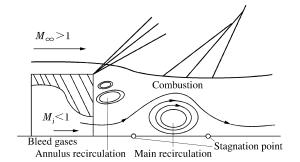
 下载:
下载:
